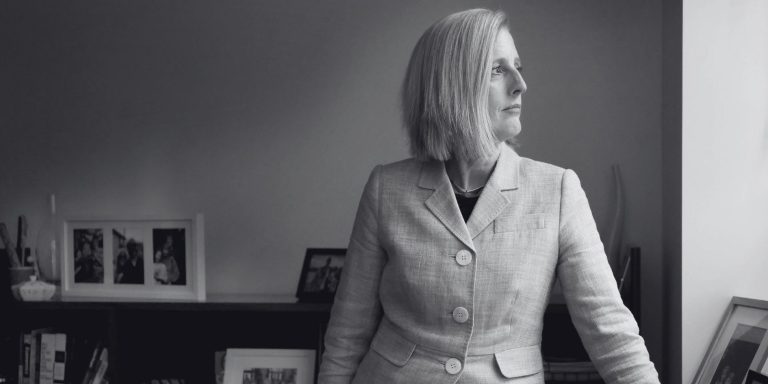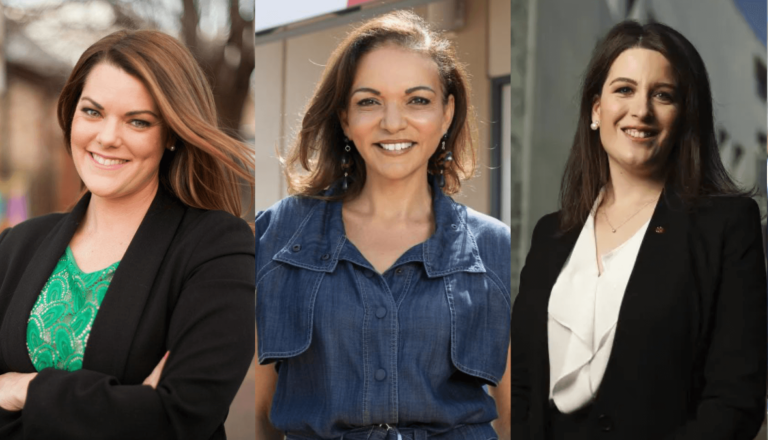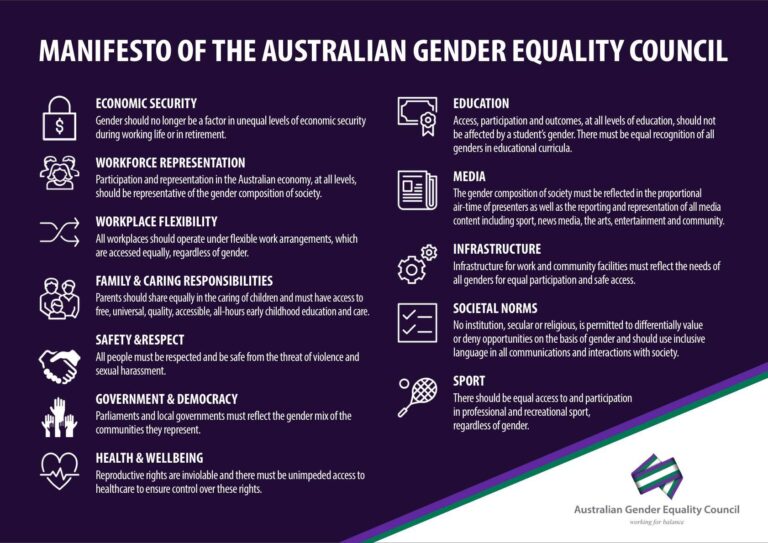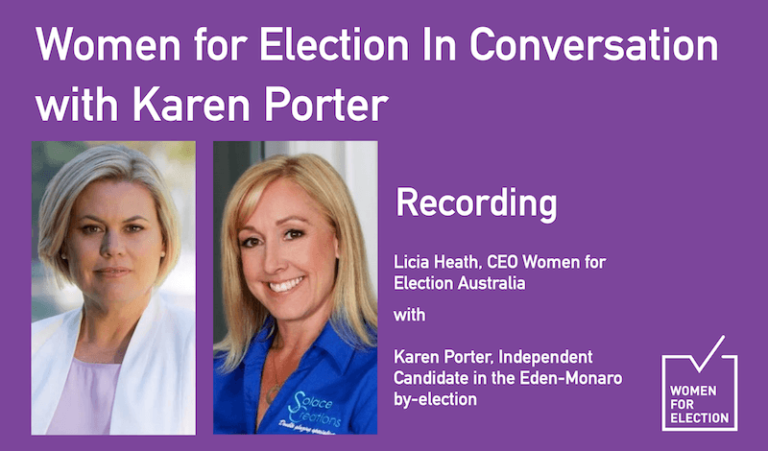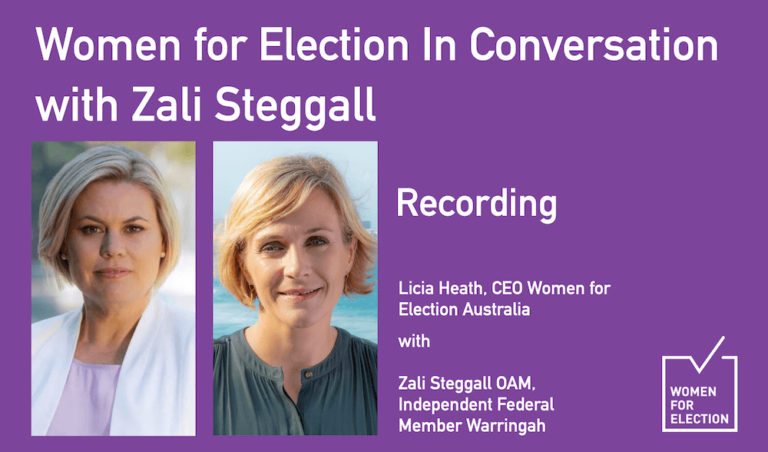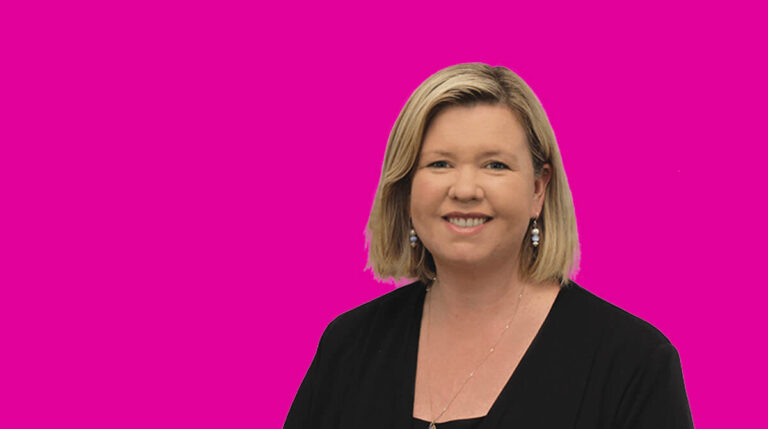Understanding Pre-Selection
Article by Kali Goldstone
Like many of us, you are probably in the dark about how the party pre-selection process actually works in Australian politics. It’s not a well-understood process for anyone who isn’t a member of a political party – and even for those in a party it can still be steeped in mystery.
Pre-selection is the process by which a registered political party chooses who will be their endorsed election candidate in any given federal, state or council electorate. In Australia, pre-selection processes vary between states and parties. Pre-selection is often seen as the campaign you run before you run your election campaign!
On Thursday 13th of October, Women for Election ran a Masterclass on the pre-selection process. We were very fortunate to have two experts join us, one from inside the Australian Labor Party and the other from inside the Liberal Party of NSW, to discuss and contrast how pre-selection works in their parties.
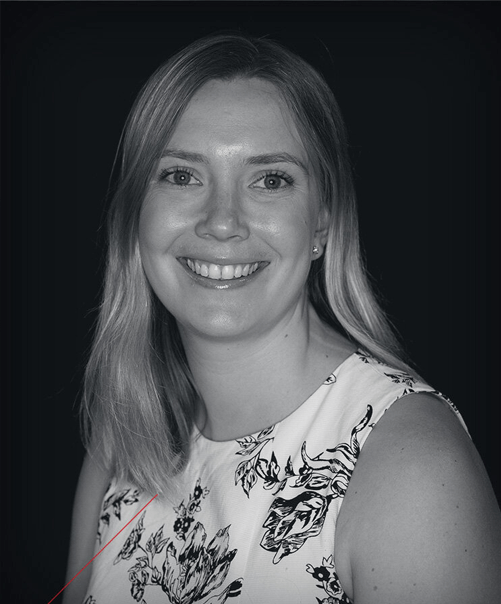
Jennifer Light has been the National Assistant Secretary at the Australian Labor Party since the start of 2021 and she ran the ‘Target Seats’ unit during the 2022 Federal Election. First joining the Labor Party as a university student at Sydney University, Jennifer has been active in various parts of the ALP, and she’s held several different positions within the party.
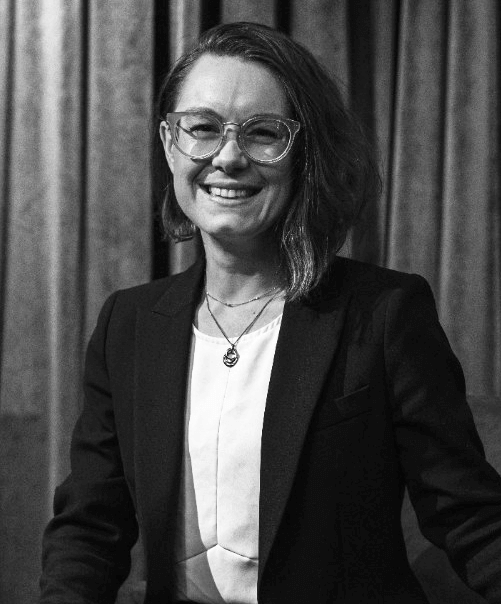
Jacqui Munro is the recently elected President of the NSW Liberal Women’s Council and Women’s Vice-President of the Liberal Party of Australia (NSW Division). She has worked for political heavyweights including Malcolm Turnbull, Gladys Berejiklian and Dr Kerryn Phelps. In 2019 Jacqui ran for Federal Parliament to advocate for environmental protection, small business and mental health. At that time she was the NSW Liberal Party’s youngest woman candidate.
Jennifer and Jacqui provided us with insights into the pre-selection process for each of their parties and how you can position yourself best within it. This was a rare opportunity to hear from “insiders” on a process that is frequently shrouded in secrecy and ask them questions to help our participants on their political journey!
At Women for Election, we know that one of the biggest barriers to women getting elected can be the candidate selection process. An additional barrier to women not even considering running for political office in the first place, is a general lack of knowledge around processes such as pre-selection.
What we learnt is that, often, local party members get to know potential pre-selection candidates who are usually from the same branch or state, and then cast their vote.
In many cases, voting panels consist of local members and state and central delegates to avoid accusations of “branch stacking”, or having members favour particular candidates over the general interests of the party.
Jennifer spoke about 3 core principles for preselection for the ALP:
1. Join the party
2. Getting involved:
- Volunteering on a fellow Labor candidate’s campaign
- Join the local Labor party branch
- Follow the state branches on Facebook.
- Roles within the party offer significant stepping stones. For example, get on the policy committee.
3. Build mentors and supporters within the party:
- Women’s networking breakfast and events
- Organise meetings with local, state and Federal MP’s
- Get involved in your local area.
Jacqui noted that Liberal Party Members are usually preselected from their geographical suburb branches. From these branches you can be allocated for preselection at the state or federal conference. Local government conferences are allocated in the same way. Branch members get a vote according to their geography. Every member related to the seat in the suburban area gets a vote, as a long as you have been a member for at least 2 years.
Jacqui has said that…
Jennifer noted how the ALP structures and mechanisms for pre-selection are changing to allow for more local women, particularly those from culturally diverse communities, to run in seats that are winnable.
Until Kristina Keneally’s failed run in Fowler, Labor’s pre-selection practises had remained mostly out of the spotlight. For background, Keneally was installed as the party’s candidate in that seat, despite living on Sydney’s affluent northern beaches. This deal was done to avoid a fight with her colleague in the Labor right faction, Senator Deborah O’Neill, over pre-selection for a winnable spot on the NSW Senate ticket.
Backed by Labor power-brokers, the deal upset the plans of Tu Le, a Vietnamese Australian lawyer from western Sydney who had the backing of retiring Labor Fowler MP Chris Hayes and planned to run for pre-selection. The decision was widely criticised because Keneally was not from the area and did not reflect the seat’s high level of ethnic diversity.
Both Jennifer and Jacqui spoke about the need for more transparency when it comes to candidate pre-selection, especially in seats with culturally diverse populations and party membership.
Jennifer and Jacqui discussed the importance of both major parties needing to listen to local community voices. It is incumbent on the major parties to ensure a place for people from different backgrounds in our parliament.
Both our speakers noted that the time of “parachuting politics” is over. We all reflected on the fact that the last federal election proved that there is a hunger for political participation across Australia’s diverse communities. But it’s clear that that hunger is not always being met with adequate opportunities for representation. Which is exactly why Women for Election exists! To inspire and equip women, of all backgrounds and lived experience, to see themselves as future political leaders through dedicated candidate training opportunities.
Women for Election would like to thank Jacqui and Jennifer for this incredibly insightful and engaging event.
Home » Understanding Pre-Selection


